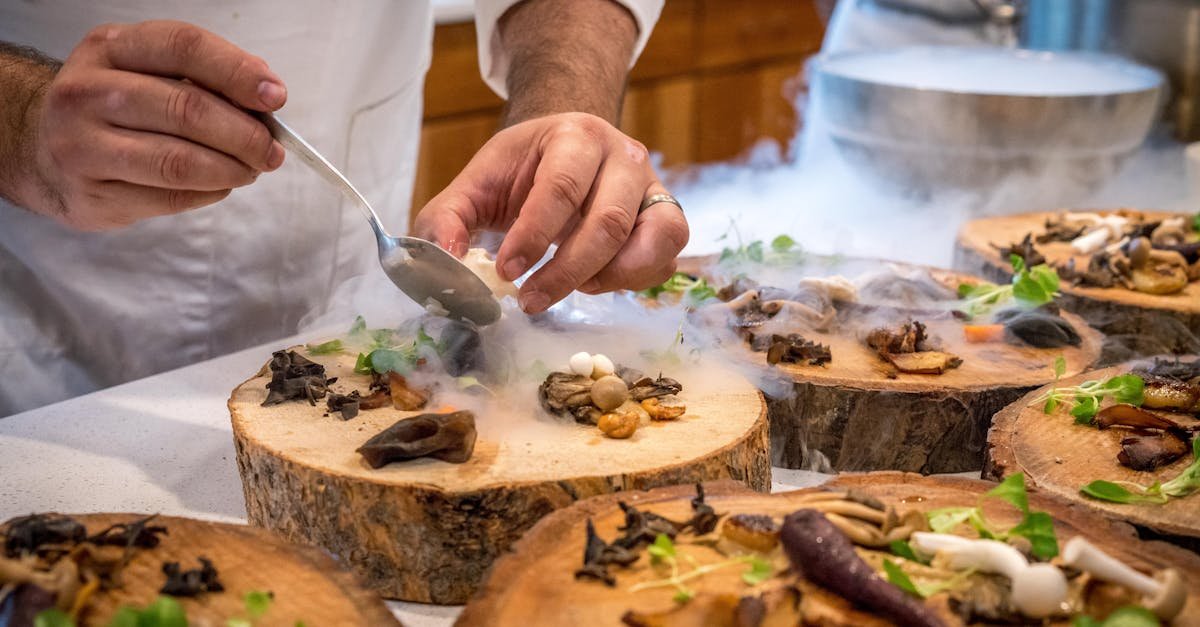In the context of meals at restaurants, discussions about the bill can quickly become heated. Between those who have opted for expensive dishes and those who have chosen simplicity, tensions notably crystallize around the delicate subject of wine. When the time comes to settle the bill, consumption inequalities can lead to misunderstandings and disagreements, jeopardizing the friendly atmosphere of the evening.
Why do wine consumption behaviors influence restaurant bills?
When gathered around a table at a restaurant, the question of consumption choices often arises, particularly regarding wine. In a context where each guest has their own preferences and budgets, the moment of the bill can become delicate. For instance, a mixed group where some opt for refined bottles while others settle for a simple aperitif can quickly create confusion. If one of the guests argues that they did not consume wine, it raises legitimate questions about the fair distribution of costs.
Guests must then face this delicate situation. The composition of teams around the table, between those who chose more elaborate dishes and those who have a more moderate consumption, can ignite passions. This dynamic can be particularly exacerbated by alcohol, which tends to loosen exchanges but also increase tensions. It then becomes essential to establish clear sharing criteria to avoid this convivial moment turning into a heated discussion.
What are the different types of food-wine pairings to consider?
When it comes to perfecting one’s gastronomic experience at the restaurant, the choice of food-wine pairings is an aspect that should not be overlooked. Wines can be classified into several categories based on the dishes offered:
- White wines: Often associated with fish, seafood, or cream-based dishes.
- Red wines: Pair well with red meats, game, or stews.
- Rosé wines: Ideal for summer meals, accompanying salads, white meats, and grilled dishes.
- Sparkling wines: Add a festive touch, suitable for aperitifs or spicy dishes.
Each option has its own specifics and can significantly influence the taste of the consumed dishes. A good harmony of flavors enhances not only the tasting experience but also ensures that each guest feels comfortable with the final bill.
How to envision the end of the meal without conflicts over the bill?
After a good meal, the moment of the bill can trigger varied reactions. Memories of each person’s choices around the table may resurface, thus causing misunderstandings. This is particularly true when consumptions are disparate and some guests have not taken wine, highlighting differences in participation. It often leads to the notion of having to split the bill, without taking into account the higher expenses incurred by some. Transparency and communication are therefore key elements.
To avoid tensions, several solutions can be implemented:
- Plan at the beginning of the meal a discussion on how the bill will be settled.
- Separate payments according to what each person has consumed.
- Use mobile apps to manage the |bills| fairly.
Wines and their costs: why can the bill be so high?
Many guests question the costs of wines in restaurants. The truth is that a meal accompanied by wine can quickly drive up the bill. Restaurateurs often apply high markup factors on the price of bottles, which can sometimes seem excessive. Several factors come into play in this pricing:
- Purchase costs: The acquisition price of bottles is often higher than in supermarkets.
- Fixed charges: Expenses related to rent and personnel inevitably impact the final price.
- Selection management: Storage and regular updates of the wine list require constant investment in quality.
These elements indicate that the cost lies not only in the product itself but in a multitude of hidden expenses. The choice of wine can thus become a real puzzle between fine wine enthusiasts and those with a stricter budget.
Why is it necessary to establish clear communication before a meal?
Even before sitting down at the table, it can be wise to establish clear communication among the guests. Spontaneously, many groups decide to “share everything”, but this doesn’t always work. Establishing each person’s expectations can foster a more relaxed atmosphere. Here are some points to consider before the meal:
- Clarify whether the idea is to share all dishes and drinks or if everyone chooses what they prefer.
- Set a budget per person to avoid surprises at the bill.
- Discuss the question of drinks before ordering to guide choices according to budgets.
Good communication can ease tensions and promote a pleasant experience, positively impacting the harmony of the meal as a whole.

The question of bills at restaurants remains a source of tension that can sometimes overshadow a meal among friends. When some people choose expensive dishes and drink wine, while others stick to less expensive options, the equity of sharing can become problematic. This dilemma not only exposes differences in financial means but also the divergent expectations that may exist within the same group. Managing this situation requires a certain social finesse.
When considering how to share the bill, it is essential to take into account not only the food choices but also the nature of relationships among the guests. The implicit expectations around wine consumption add an additional dimension to this challenge. A shared meal should foster enriching exchanges rather than create tensions. Each group must explore creative approaches to manage these shares, such as respectful approaches, prior arrangements, or adjustments when settling the bill.







